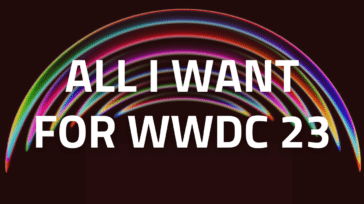
Not long ago, Meerkat was announced — it is a streaming video app that announces the start of a stream on Twitter, allowing your followers to jump on and see what you’re doing. To say that Meerkat was huge during the recent SXSW confab in Austin, TX is an understatement — Twitter was full of livestreams of everything from concerts, lines for indie movie premiers, and even people eating dinner. Today, Twitter released its own app, Periscope, to perform essentially the same function. What’s the difference between the two apps other than the name? Let’s take a look.
Both require a Twitter account to sign up. Both are free. Both have a way of liking a livestream — Meerkat by sending a like with the tap of a heart icon, Periscope by sending floating hearts onto the stream with a tap. Both place comments from viewers onto the screen in real time. Neither app has image stabilization built in, meaning that it can be really annoying if someone is walking around as the video can be jerky.
Meerkat, of course, is not officially sanctioned by Twitter. In fact, the company pulled Meerkat’s access to its “social graph” before SXSW. By doing that, it’s much more difficult for Meerkat to notify users automatically when their friends are streaming. The app was getting some good momentum and press, but unless the company can create its own social graph capability — and soon — Meerkat might fight an uphill battle for market share.

Periscope seems much more polished and professional than Meerkat, both from the viewing and broadcasting point of view. It adds the very useful function of being able to create private streams, nice if someone is using Periscope to stream news to a specific target and doesn’t want the entire world watching. Of course, since it’s a Twitter product, it has full access to the social graph and can provide a notification if one of your friends is broadcasting.
While I was writing this post, there was a fire going on in New York City. Several streams were providing “coverage”, one from across the street and several from a distance. To me, these pointed out just how useful Periscope and Meerkat will be in citizen journalism, as people use their iPhones to provide live, on-the-spot, uncensored news without the filter of the mainstream media. That can be a very powerful tool…
Even if you’re not particularly interested in watching livestreams produced by rank amateurs, it’s worth the free download to try both apps just to see what’s happening in your world and perhaps to add to the global flow of information. I look forward to seeing companies perhaps using the tools in a more professional manner to do product announcements or maybe even live Q&A sessions, with viewers tweeting in their questions… What ideas do you have for Meerkat and Periscope? Leave your comments below.








